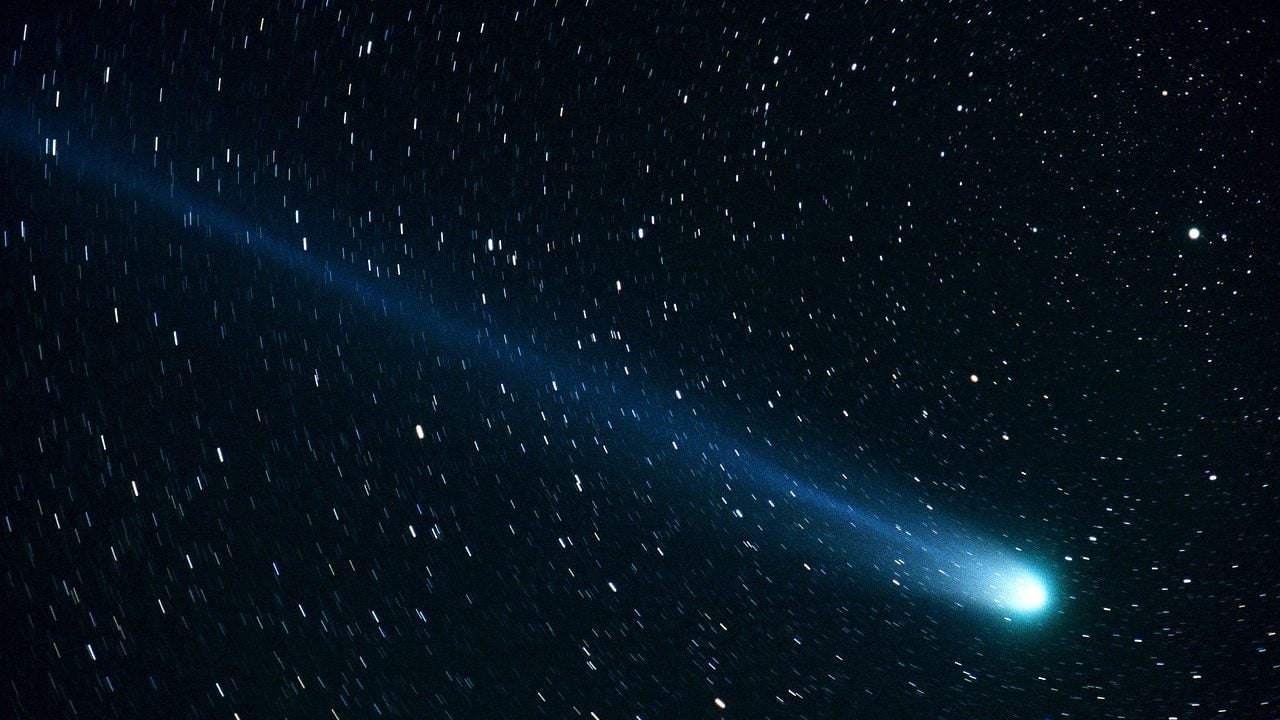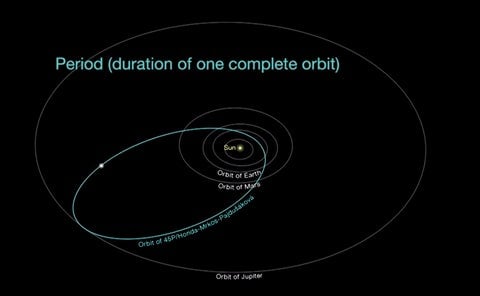A snow moon, lunar eclipse, and comet will light up the sky tonight. Here’s how to watch
It will be a busy night tonight (Feb. 10) for skywatchers in Europe, Africa, and the American east coast: if the sky is clear, they’ll be able to see a “snow moon,” a penumbral lunar eclipse, and a comet that flies by the Earth only once every five and a quarter years—all in a single evening.


It will be a busy night tonight (Feb. 10) for skywatchers in Europe, Africa, and the American east coast: if the sky is clear, they’ll be able to see a “snow moon,” a penumbral lunar eclipse, and a comet that flies by the Earth only once every five and a quarter years—all in a single evening.
The snow moon
“Snow Moon” is simply the traditional name for the February full moon given by a number of Native American tribes; it happens once a year. According to the Old Farmer’s Almanac, other common Native American names for the February full moon tended to reference how difficult a month it can be in North America. Some called it the “Hunger Moon,” and the Cherokees called it the “Bone Moon,” because there was ”so little food that people gnawed on bones and ate bone marrow soup.”
The penumbral eclipse
If you live in Europe, Africa, or on the east coast of North and South America, you might find the full moon looks just a shade darker than usual. That’s because of a penumbral eclipse, which occurs when the moon enters the Earth’s outer shadow, known as the penumbra. Unlike a typical total or partial eclipse, where the moon is in a deep, clear-cut shadow, a penumbral eclipse appears as a gradual and subtle shade cast on the moon’s surface. The frequency of penumbral eclipses vary between centuries, but will occur a total of 10 times between 2011 to 2020.
The moon will start entering the Earth’s shadow at sunset hours on the eastern part of the North and South America, at 5:32pm Eastern Standard Time (22:32 GMT) of Feb. 10. The eclipse will peak at 7:43pm (or 00:34 GMT the next day), and will come to an end at about 9:55pm. If you are on the American east coast, Europe, and Africa you should be able to see the full eclipse. Those on the American west coast and in East Asia will be able to see parts of the eclipse; however, the former will miss the beginning due to evening twilight and the latter will miss the end due to morning twilight.

Because the shadow will be so subtle, the first 40 minutes of the eclipse might not be noticeable, says an editor for Sky and Telescope magazine, so it’s best to start observing about 90 minutes before the peak, which is at around 6pm EST. At that point, the shadow will start to show on the moon’s left side. To really get a sense of the eclipse, you should check in on the moon every once in a while throughout the 4.5-hour event; that way you’ll be able to see how it’s progressing.
Those observing the eclipse on the American east coast should look toward the eastern horizon.
A live stream of the full snow moon eclipse is available on Slooh.com.
Comet 45P
In addition to the eclipse, tonight’s sky will play host to Comet 45P/Honda-Mrkos-Pajdušáková (sometimes called the New Year comet, in years it approaches Earth around January).

The comet is expected to pass by about 7.4 million miles (12 million km) away on Saturday morning, just before dawn. That’s the closest it’s come to Earth since 2011.
According to NASA, the ancient comet was first discovered in 1948. It wears a long ion tail and a bluish-green haze, and will pass through the constellation Hercules in the eastern sky.
For the past two months, Comet 45P has been visible through binoculars and telescope; a Japanese astrophotographer captured this beautiful image of it (and the moon) on Jan. 1 2017:
Comet 45P will reach it’s closest point to Earth in the early hours of Feb. 11. But unless you’re an astronomy junkie with access to professional equipment, you’re probably best off watching it on this Slooh live stream of the comet.